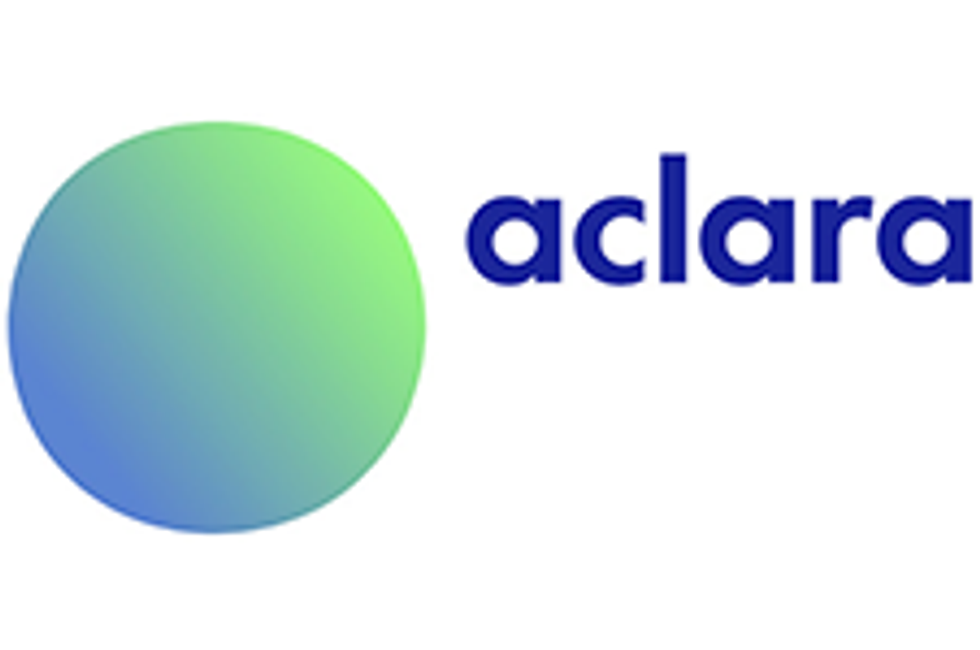- AustraliaNorth AmericaWorld
Investing News NetworkYour trusted source for investing success
- Lithium Outlook
- Oil and Gas Outlook
- Gold Outlook Report
- Uranium Outlook
- Rare Earths Outlook
- All Outlook Reports
- Top Generative AI Stocks
- Top EV Stocks
- Biggest AI Companies
- Biggest Blockchain Stocks
- Biggest Cryptocurrency-mining Stocks
- Biggest Cybersecurity Companies
- Biggest Robotics Companies
- Biggest Social Media Companies
- Biggest Technology ETFs
- Artificial Intellgience ETFs
- Robotics ETFs
- Canadian Cryptocurrency ETFs
- Artificial Intelligence Outlook
- EV Outlook
- Cleantech Outlook
- Crypto Outlook
- Tech Outlook
- All Market Outlook Reports
- Cannabis Weekly Round-Up
- Top Alzheimer's Treatment Stocks
- Top Biotech Stocks
- Top Plant-based Food Stocks
- Biggest Cannabis Stocks
- Biggest Pharma Stocks
- Longevity Stocks to Watch
- Psychedelics Stocks to Watch
- Top Cobalt Stocks
- Small Biotech ETFs to Watch
- Top Life Science ETFs
- Biggest Pharmaceutical ETFs
- Life Science Outlook
- Biotech Outlook
- Cannabis Outlook
- Pharma Outlook
- Psychedelics Outlook
- All Market Outlook Reports
Mkango Marks Major Milestone with Songwe Hill Prefeasibility Study
The company now holds one of just three REE projects in Africa with a prefeasibility or feasibility study, according to CEO William Dawes.
“Coat of arms of Malawi” by Sodacan. Own work, in accordance with the blazon (heraldic description) above. Licensed under CC BY-SA 3.0 via Wikimedia Commons.
After a quiet summer, Mkango Resources (TSXV:MKA) is back with the results of a prefeasibility study for its Malawi-based Songwe Hill rare earth element (REE) project.
According to CEO William Dawes, the report is a “major milestone,” largely because it means the company holds one of just three REE projects in Africa with a prefeasibility or feasibility study. He added, “[w]e are very encouraged by the Project’s strong returns and relatively low capex.”
By the numbers
It’s not hard to see why. The prefeasibility study pegs initial capex for Songwe Hill at US$217 million, including a contingency of $20 million, and according to the company that “is among the lowest in the rare earth sector.” Mkango will be spending the most on an integrated processing plant made up of a mill, flotation plant, hydrometallurgical plant and sulfuric acid plant with power co-generation capacity.
The project is expected to have a 36-percent internal rate of return and an after-tax net present value of $293 million using a 10-percent nominal discount rate. Those numbers are based on rare earth oxide (REO) prices equivalent to a total rare earth basket price of $55 per kilogram; the company notes that the price “reflects the selective removal of a large proportion of the cerium.”
Finally, cash operating costs are expected to average $13.4 per kilogram of REO for the first five years of production and $17 per kilogram for the mine’s 18-year life. Production should start in 2017, and Songwe Hill will ultimately be a conventional open-pit operation.
About Songwe Hill
Aside from today’s prefeasibility study, there are a number of other factors working to Songwe Hill’s advantage. For instance, it’s located within the Phalombe license in Southern Malawi, which, as Mkango states on its website, means it’s located just 15 kilometers from the town of Migowi. In turn, Migowi is connected by all-weather roads to the cities of Zomba and Blantyre; it has the additional advantage of being connected to the national electricity grid.
Songwe Hill’s mineral resource estimate, which was announced in 2012 and is supported by today’s prefeasibility study, is also worth noting. It points to probable mineral reserves of 8.5 million tonnes grading 1.6-percent total rare earth oxide (TREO) at a cut-off grade of 1-percent TREO. Meanwhile, Songwe Hill’s indicated mineral resource is estimated at 13.2 million tonnes grading 1.62-percent TREO, while its inferred mineral resource is pegged at 18.6 million tonnes grading 1.38-percent TREO; both estimates were derived using a cut-off grade of 1-percent TREO.
Finally, it’s encouraging that the project offers a good mix of REEs, with approximately 85 percent of its in-situ value coming from REEs that can be sold to high-growth sectors like clean energy and consumer electronics.
Future plans
As mentioned, Songwe Hill is due to start production in 2017, which is still a few years away. No word yet on what specifically the company will be up to in the meantime, but a feasibility study would be a likely next step. Today’s press release also points out that given the project’s large inferred resource, “[t]here is potential to significantly expand production or the mine life and for a lower strip ratio.”
At close of day Tuesday, shares of Mkango were sitting at $0.11.
Securities Disclosure: I, Charlotte McLeod, hold no direct investment interest in any company mentioned in this article.
Outlook Reports
Featured Critical Metals Stocks
Browse Companies
MARKETS
COMMODITIES
| Commodities | |||
|---|---|---|---|
| Gold | 2371.11 | -10.69 | |
| Silver | 28.41 | -0.48 | |
| Copper | 4.33 | -0.04 | |
| Oil | 85.52 | +0.11 | |
| Heating Oil | 2.66 | 0.00 | |
| Natural Gas | 1.70 | +0.01 | |
Investing News Network websites or approved third-party tools use cookies. Please refer to the cookie policy for collected data, privacy and GDPR compliance. By continuing to browse the site, you agree to our use of cookies.




